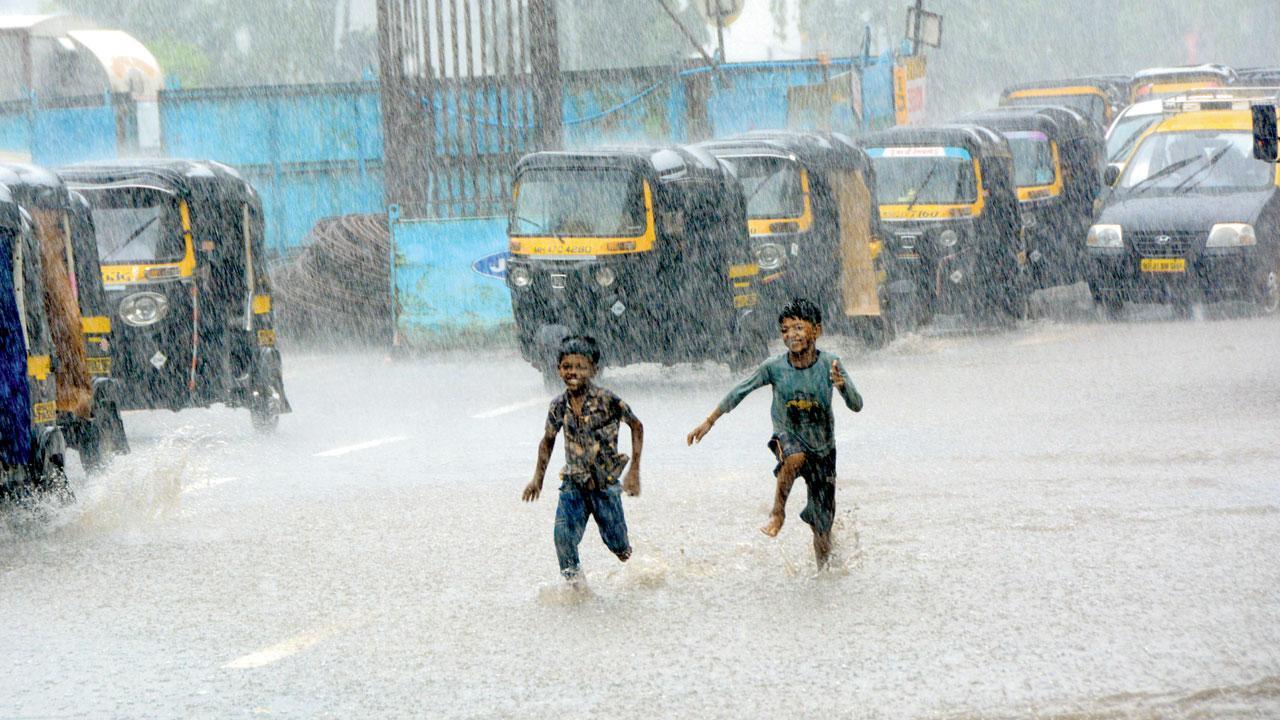Situated on the Maharashtra-Chhattisgarh border, Binagunda, Turremarka, Kovakodi, Perimilbatti, Fodewada and Damanmarka villages form the state’s last frontier.

Representative Image
For hundreds of tribals living in six remote hamlets in Maharashtra's Gadchiroli, stocking up essentials and medicines before the onset of monsoon is an annual ritual as rains cut off these places from the rest of the district for four months due to the swollen water bodies.
ADVERTISEMENT
Situated on the Maharashtra-Chhattisgarh border, Binagunda, Turremarka, Kovakodi, Perimilbatti, Fodewada and Damanmarka villages form the state’s last frontier. Talking to PTI, an official based in Bhamragad taluka, which is about 36 km from these places, said the six hamlets surrounded by hills are the remotest and last villages on the state border.
Also read: Maharashtra: Over 3,000 people shifted to safety amid heavy rains in Gadchiroli
"Nearly 500 tribals from these villages mostly earn their living by gathering forest produce, cutting bamboo and cultivating millet called 'kosri'," he said. While there is no power supply in these hamlets, some houses have small solar units, the official said. However, come monsoon, the lack of basic infrastructure may seem like the least of the concerns for these villages that get cut off from the taluka and district headquarters for four months from July till October as streams and other water bodies get swollen following rains.
A big nullah called Gundinoor, which does not have a bridge over it, gets flooded during rains, affecting the connectivity to the region, he said. Tribals in these villages have to either walk 18 to 25 km to Laheri village or cross the nullah in a "donga" (small wooden boat), the official said. Ahead of the monsoon, the administration reaches out to these villages to provide essentials and life-saving medicines, which will last for four months, he said, adding that the nearest healthcare facility is about 18 km away in Laheri.
The administration has also appointed four 'kotwals' (local revenue staff), who keep visiting these villages to apprise the authorities of the situation, the official said. Before the start of the rains this year, the administration had shifted expectant mothers from these villages to a shelter home in Bhamragadh, as a precautionary measure, he said.
Among other steps, the authorities have approved the construction of a bridge on the Gundinoor nullah and the tender process has also been completed, the official said. Speaking to PTI , one of the kotwals living in Laheri village said he has been unable to travel to the area, as many small streams and nullahs started flowing during the recent rains. The kotwal said that he had last visited the villages before July 11. After that, the region witnessed heavy rains and swelling of nullahs, and by Wednesday, these places got completely disconnected.
This story has been sourced from a third party syndicated feed, agencies. Mid-day accepts no responsibility or liability for its dependability, trustworthiness, reliability and data of the text. Mid-day management/mid-day.com reserves the sole right to alter, delete or remove (without notice) the content in its absolute discretion for any reason whatsoever
 Subscribe today by clicking the link and stay updated with the latest news!" Click here!
Subscribe today by clicking the link and stay updated with the latest news!" Click here!







